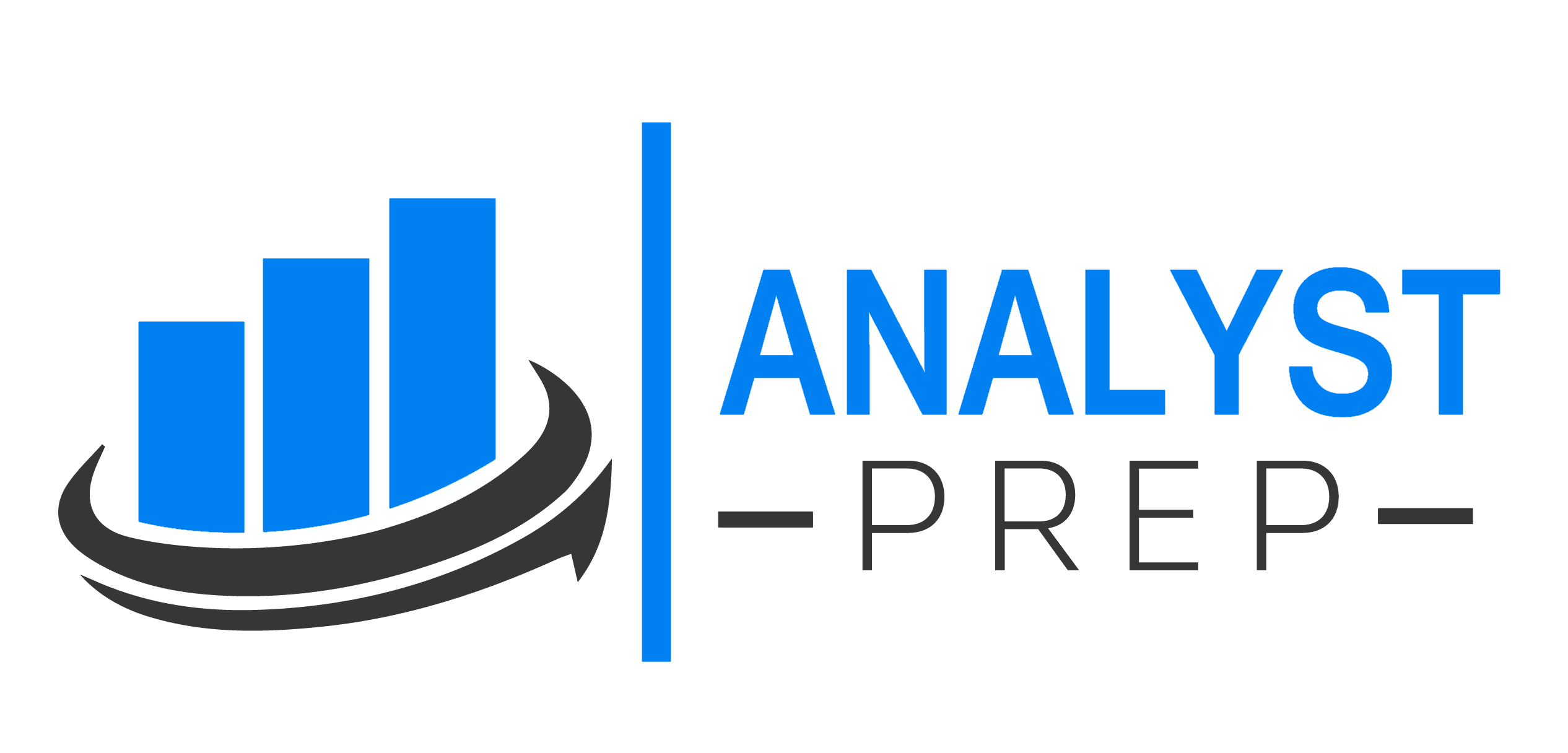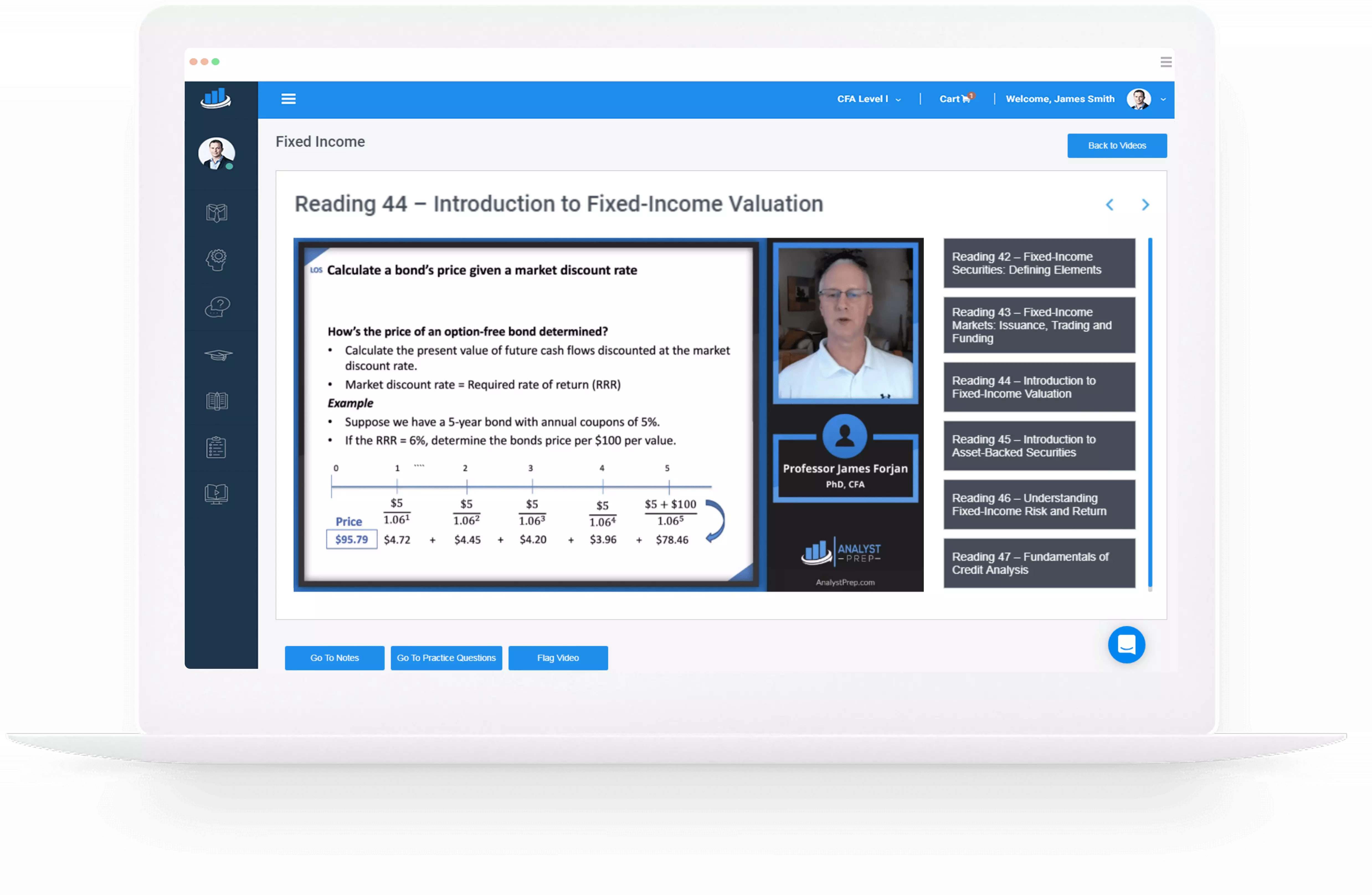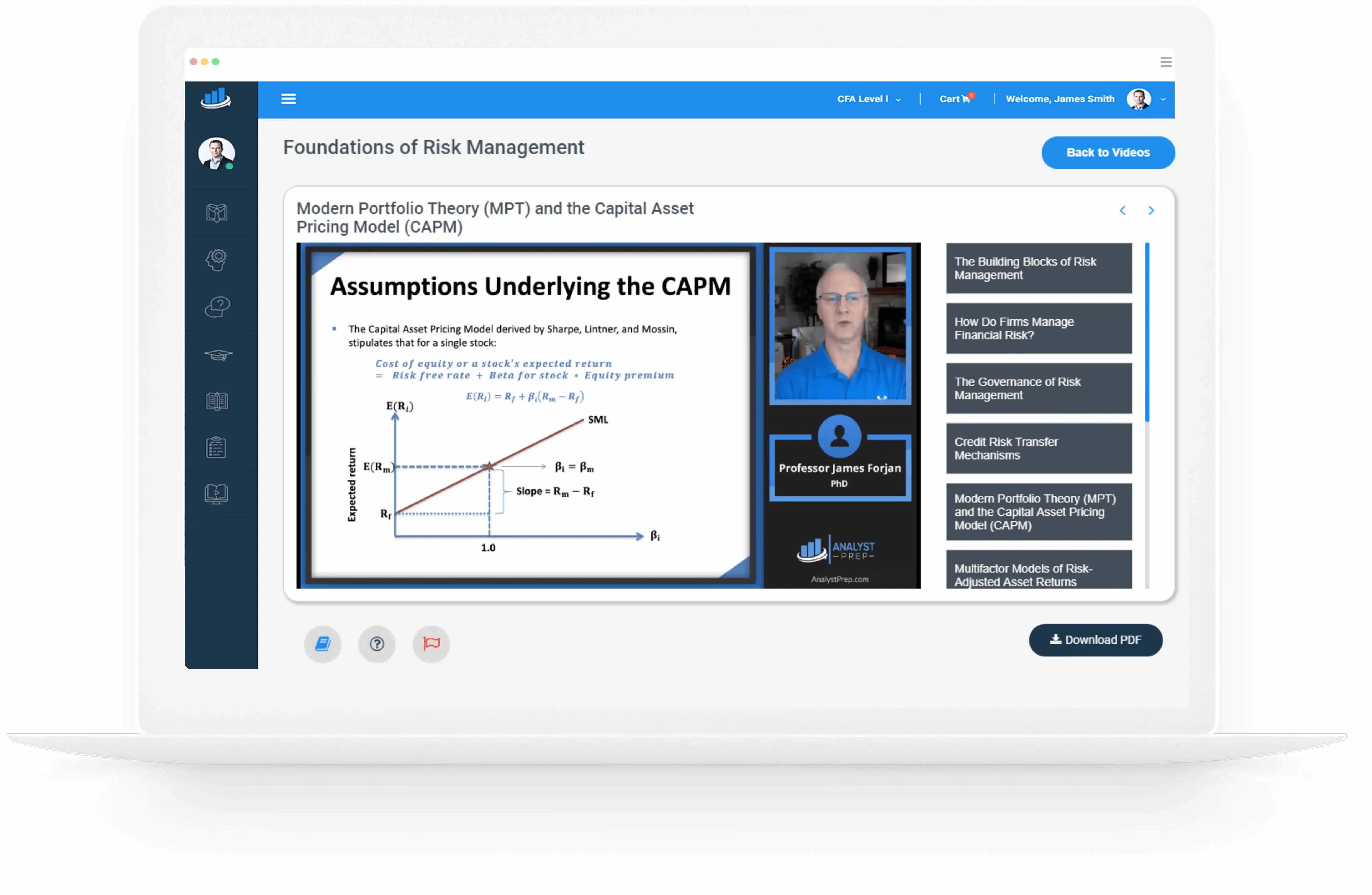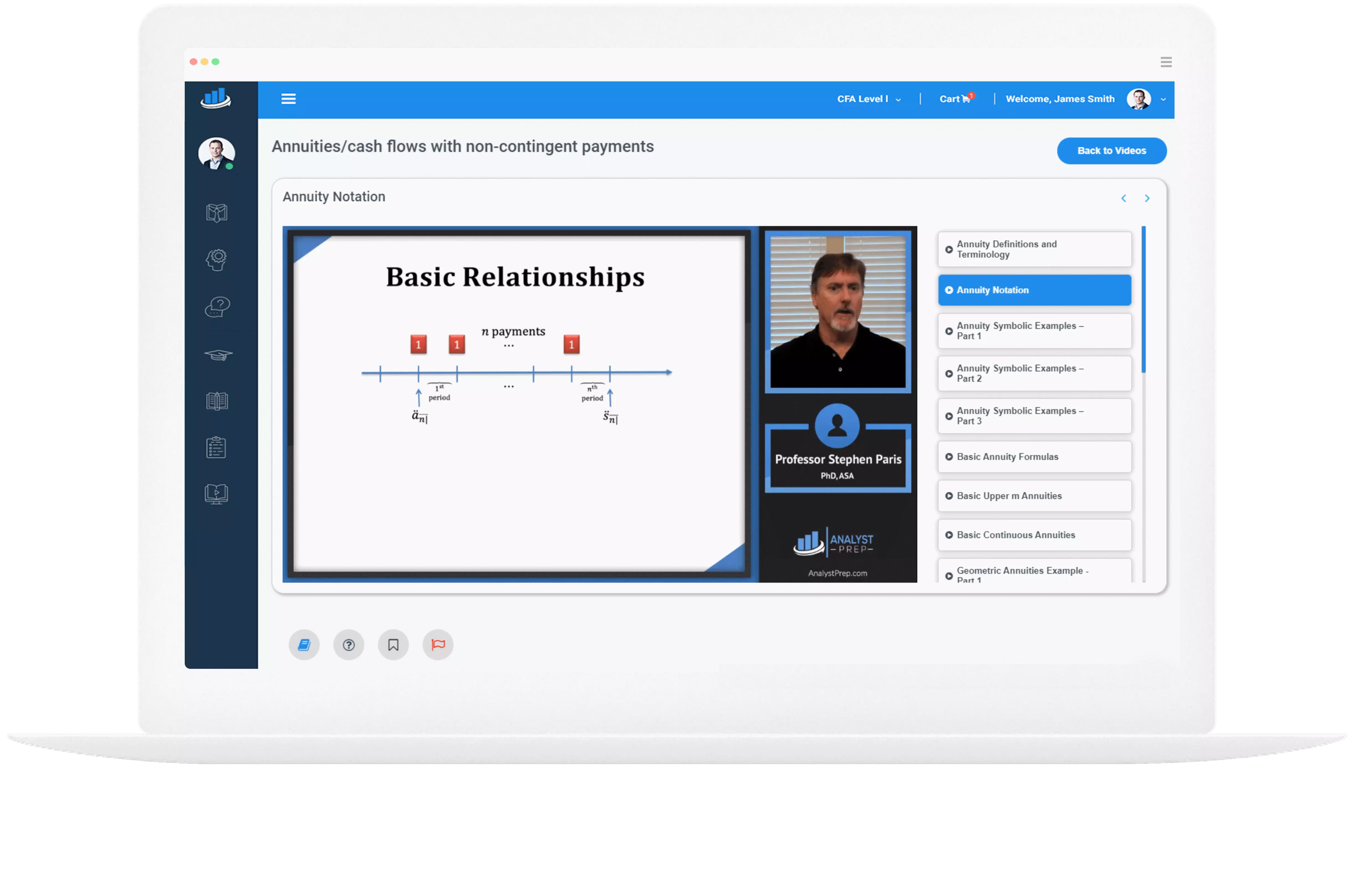Estimating Default Probabilities
After completing this reading, you should be able to: Compare agencies’ ratings to internal credit rating systems. Describe linear discriminant analysis (LDA), define the Altman’s Z-score and its usage, and apply LDA to classify a sample of firms by credit…
The Vasicek and Gauss+ Models
After completing this reading, you should be able to: Describe the structure of the Gauss+ model and discuss the implications of this structure for the model’s ability to replicate empirically observed interest rate dynamics. Compare and contrast the dynamics, features,…
Regression Hedging and Principal Component Analysis
After completing this reading, you should be able to: Explain the drawbacks to using a DV01-neutral hedge for a bond position. Describe a regression hedge and explain how it can improve a standard DV01-neutral hedge. Calculate the regression hedge adjustment…
Beyond Exceedance – Based Backtesting of Value-at-Risk Models: Methods for Back-testing the Entire Forecasting Distribution Using Probability Integral Transform
After completing this reading, you should be able to: Identify the properties of an exceedance-based backtest that indicate a VaR model is accurate, and describe how these properties are reflected in a PIT-based backtest. Explain how to derive probability integral…
Validating Bank Holding Companies’ Value-at-Risk Models for Market Risk
After completing this reading, you should be able to: Describe some important considerations for a bank in assessing the conceptual soundness of a VaR model during the validation process. Explain how to conduct sensitivity analysis for a VaR model, and…
Regulating the Crypto Ecosystem: The Case of Unbacked Crypto Assets
After completing this reading, you should be able to: Define and describe crypto assets, including the categories broadly used by global financial regulators to classify them. Evaluate the key components within the crypto ecosystem, the potential risks generated by these…
Monetary and Fiscal Policy: Safeguarding Stability and Trust
After completing this reading, you should be able to: Compare and contrast the channels through which fiscal policy and monetary policy influence a country’s economic activity and financial markets, and define the “region of stability” in terms of their joint…
The Rise and Risks of Private Credit
After completing this reading, you should be able to: Describe characteristics of private credit, including its typical investors and borrowers, and compare private credit to other types of loans and fixed-income instruments. Explain the return profile and growth profile of…
Laying a robust macro-financial foundation for the future
After completing this reading, you should be able to: Explain why the sudden increase in inflation that reached a peak in 2022 following the Covid-19 pandemic did not result in a full-scale global recession. Identify and describe key factors that…
Interest Rate Risk Management by EME Banks
After completing this reading, you should be able to: Describe the mechanisms through which changes in market interest rates affect a bank’s economic value and the key methods banks use to manage interest rate risk. Compare the methods banks in…




